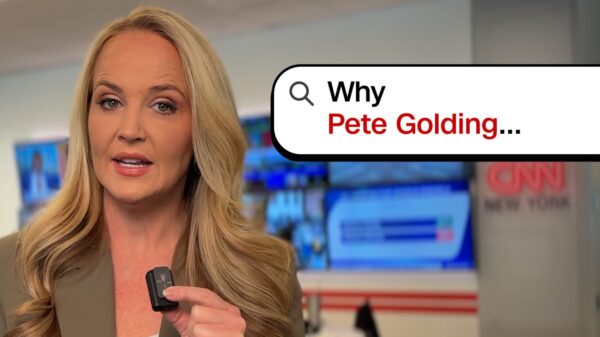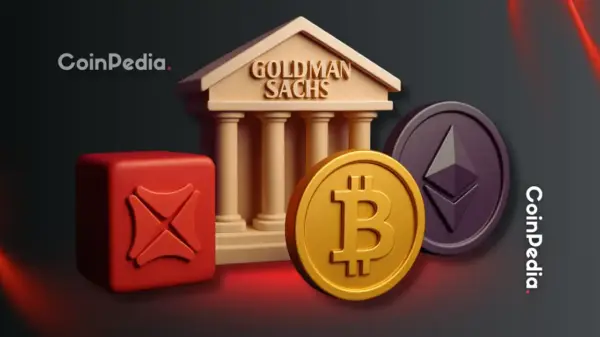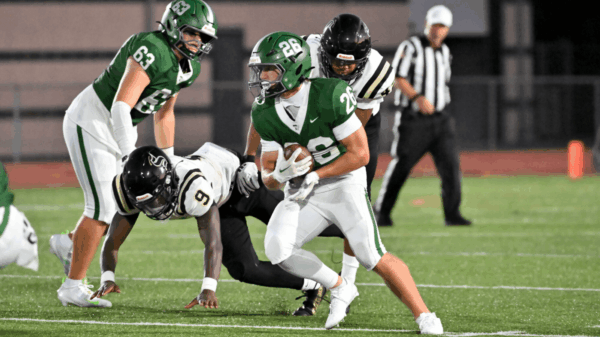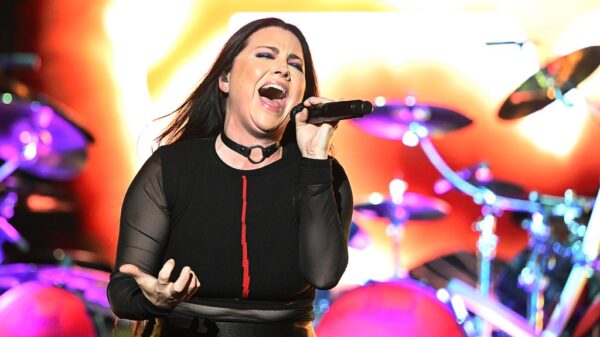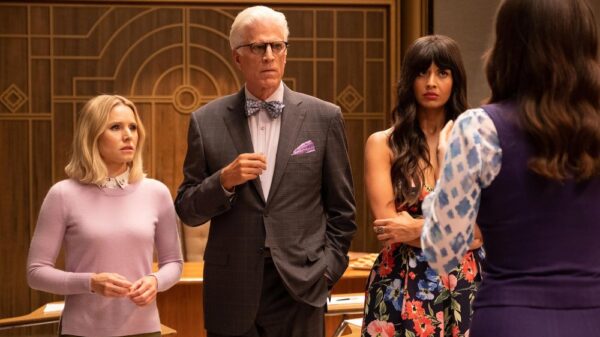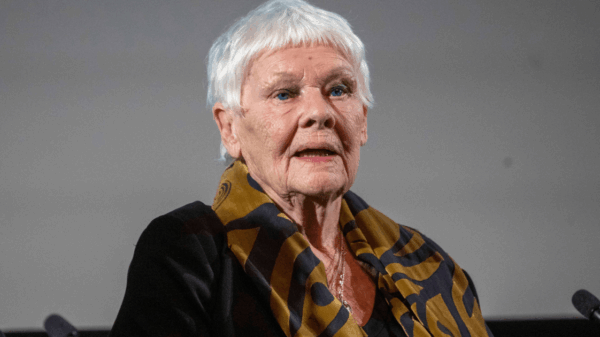In a recent letter to the editor published on September 23, Autumn Sandeen addressed comments made by Charlie Kirk regarding LGBTQ issues, particularly during Pride Month. The letter has ignited a discussion about the context and interpretation of Kirk’s statements, as well as the broader implications for the LGBTQ community.
Sandeen’s letter suggests that Kirk’s response to a statement made by a person named Rachel lacked context. Kirk had criticized Rachel for selectively quoting the Bible to support her arguments. He pointed out that one can easily cherry-pick scripture to bolster a specific viewpoint. This approach, according to Kirk, undermines a more nuanced understanding of the text.
In a past incident, Kirk responded to a student who asserted that there was no place for gay men in the conservative movement. He highlighted the existence of multiple prominent gay conservatives and questioned the student’s fixation on private lives. Kirk’s response, which emphasized inclusivity, suggests a more open stance than some critics portray.
While Kirk has been vocal against what he terms the “LGBTQ agenda” in politics, he has also expressed that sexuality should not define a person’s identity. He once advised a gay college student not to introduce himself solely based on his sexuality, reinforcing his belief in a broader identity beyond sexual orientation.
Notably, acclaimed author Stephen King, typically not aligned with conservative views, initially claimed that Kirk advocated violence against LGBTQ individuals. However, King later retracted this statement, acknowledging it was incorrect. This situation reflects the complexities and sensitivities surrounding discussions on LGBTQ rights and representation.
Sandeen’s assertion that Kirk “almost” endorsed violence against gay individuals has also faced scrutiny. Critics argue that this characterization misrepresents Kirk’s actual views and intentions. The ongoing dialogue around these statements highlights the challenges of interpreting public figures’ comments within the often polarized landscape of LGBTQ rights.
As discussions continue, the community grapples with the need for clarity and understanding of differing perspectives on LGBTQ representation in politics and society. The exchange between Sandeen and Kirk underscores the importance of context in conversations about inclusivity, identity, and the interpretation of public discourse.
This discourse serves as a reminder of the ongoing debates surrounding LGBTQ issues and the varied interpretations that arise from public statements made by influential figures. As the conversation evolves, it remains vital for all parties to engage thoughtfully and respectfully in discussions that shape societal attitudes and policies.



